(Feb/2013)
One of many displays appearing next to the Muehlebach Room at Boulevard Brewing in Kansas City. Marcia Butterbaugh, Display Curator for Boulevard, manages the display projects for the brewery. She is sharing some of them for this website. This first one features western-themed breweriana.
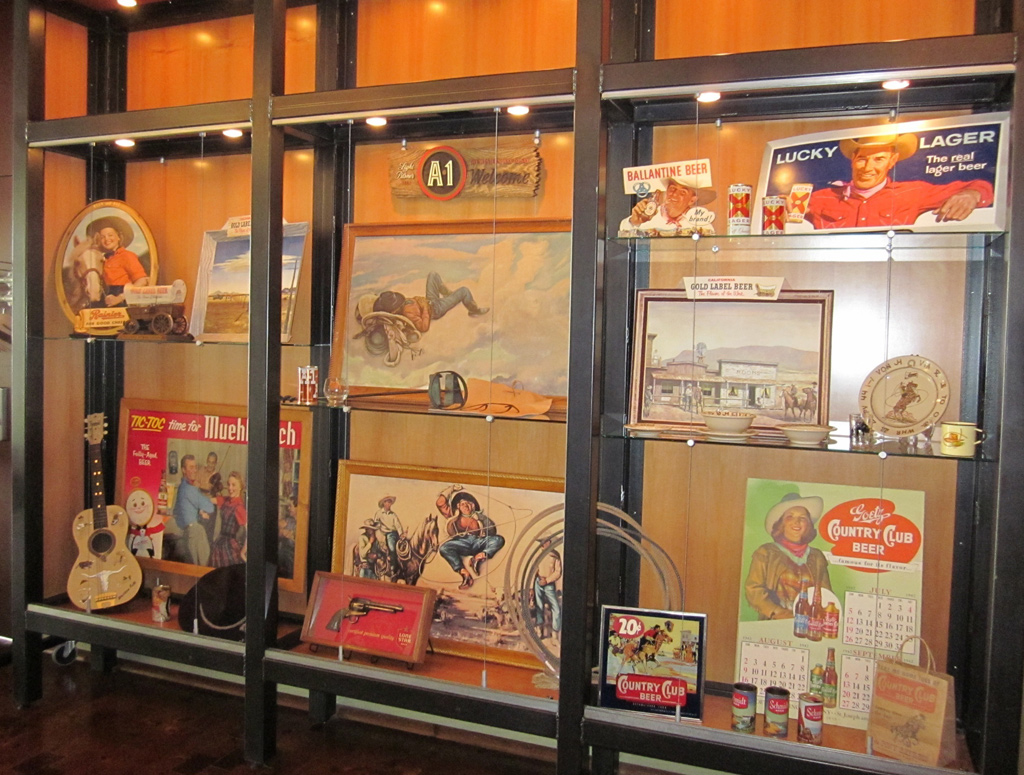
St. Louis claims to be the Gateway to the West, but in the world of brewing, the gateway to western brands began across the state in Kansas City, Missouri and points beyond. Muehlebach Brewing in Kansas City, Storz Brewing in Omaha and Goetz Country Club in St. Joseph sold their brands with a cowboy and Wild West theme at some point in their brewing history. Occasionally brewers in St. Louis, such as Falstaff, marketed brands to western markets, but the real “wild west” themes were found much farther west.
Goetz Country chose to tie in with the Pony Express to sell their beer, featuring the mail delivery by horse and rider from St. Joseph to California. Muehlebach occasionally used a western them depicting square dancers in some of their print advertising but the theme did not last beyond a short campaign in the mid-1950s.
One of the most successful attempts was by the California Brewing Company in San Francisco. The brewery spent many years featuring colorful Western imagery in its advertising, signage and point of sale items.
Ignoring the St. Louis claim of the Gateway to the West, the A-1 Brand in Arizona claimed to be the entrance to the real west with their long-running slogan “A-1, The Western Way to Say Welcome.” The slogan appeared on signs, drinking glasses, and in magazine and newspaper ads across Arizona, New Mexico, Nevada and California. The theme was also used on their beer cans and beer bottles.
The Texas brewer, Lone Star, produced a series of framed antique gun replicas displayed in bars and taverns. A smaller brewer—Rainier Brewing, from Seattle, Washington—depicted a cowgirl and horse on some of its point of sale items.
In the mid-1950s, the midwestern brewers joined the bandwagon and packaged their brands in beer cans designed to appeal to the western consumer with a rodeo or square dancing scenario. Schmidt Beer from South Bend, Indiana and Meister Brau from Chicago, were among other midwestern brewers who attempted to appeal to the cowboy, but it never really caught on and the themes faded away in the mid-1970s.
Of course there were some Eastern companies who attempted to promote their beers out west—one of which was Ballantine Beer from New Jersey. Ballantine marketed their beer and ale to the western consumer, but never really convinced a cowboy in Arizona to drink a beer from the Atlantic coast.
This display is a small sampling of Western advertising used in the 1940s and ‘50s. Most of these brands bit the dust, leaving the “western” branding behind.
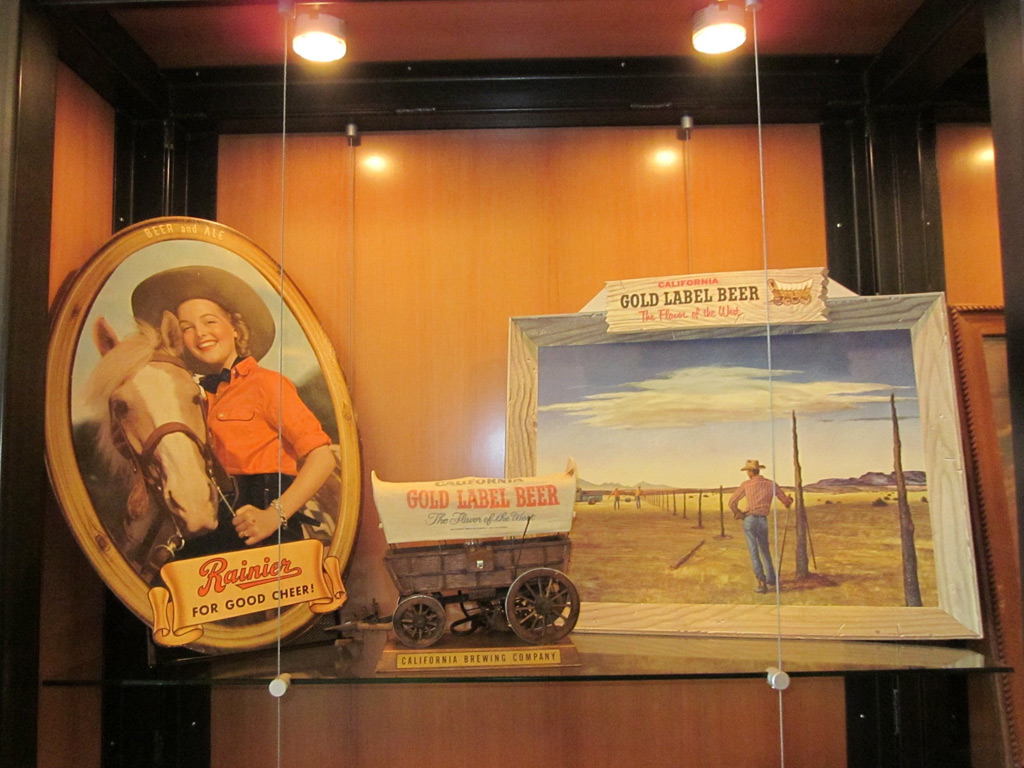


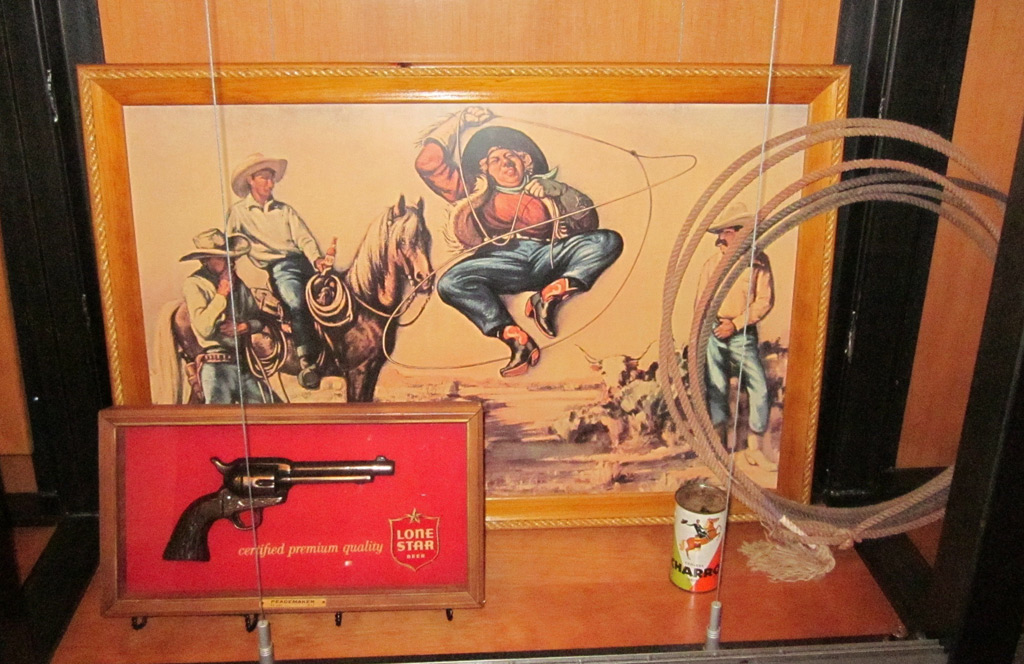
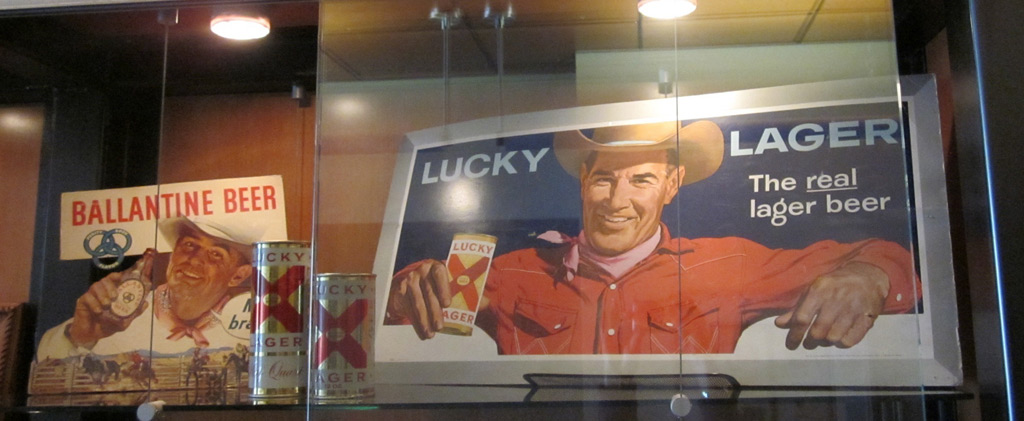

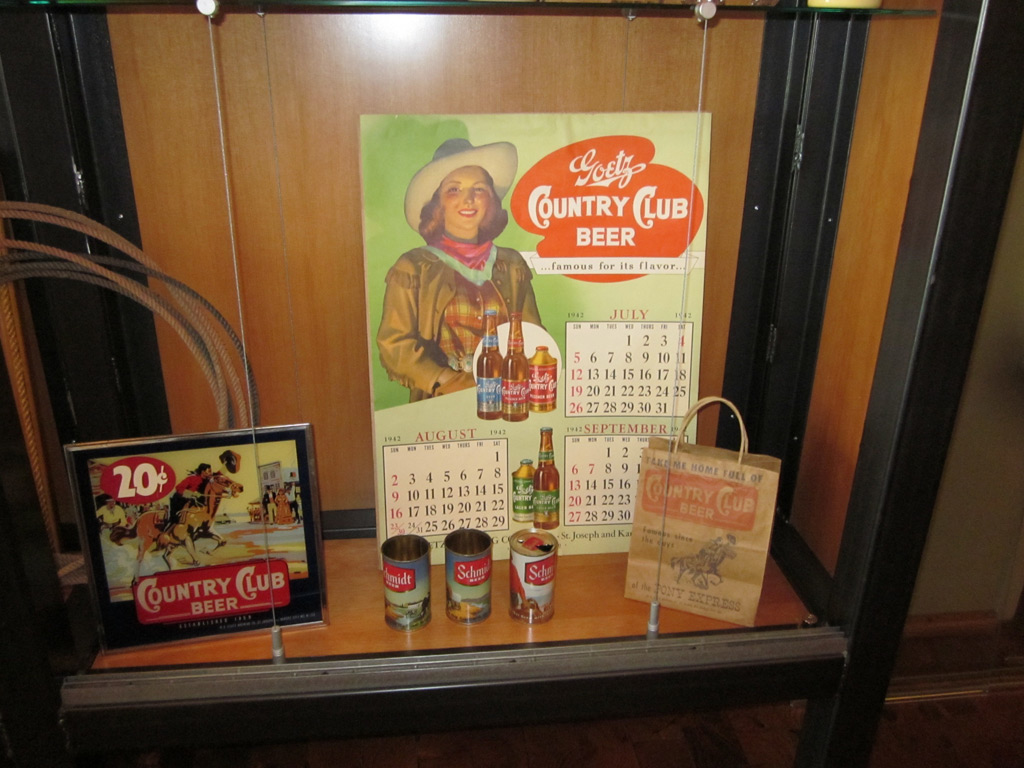
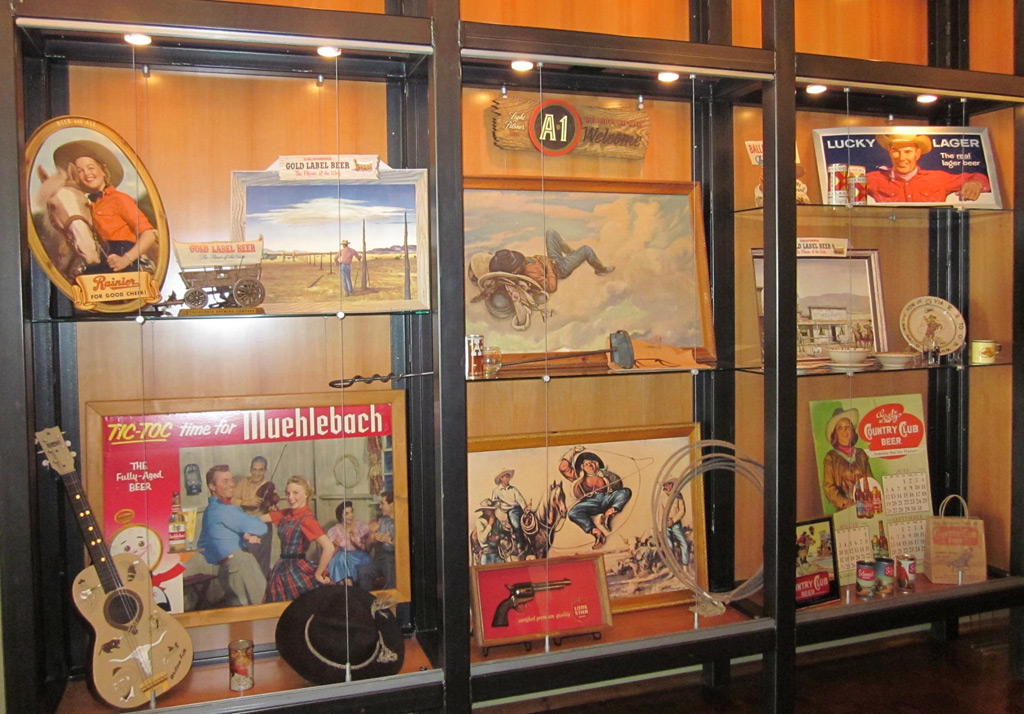
Copyright © 2013 www.beercanhistory.com, All Rights Reserved. Last modified January 27, 2013.